Today is the Winter Solstice, marking the shortest day and longest night of the year in the northern hemisphere - and the start of a new season. From this point on, daylight hours increase slowly but steadily towards Spring. A weak, hesitant, fragile and delicate light... yet beautiful in all its frailty and presence. I have enjoyed going out at sunset these last few days and watch the light fade behind the hills.
Up to now, since the Autumn Equinox, the dark has triumphed over the light but from today, the seemingly impenetrable obscurity thins a little to let in the warm glow of the returning life-giving Sun, bringing with it hope and joy. Of course, that light never truly goes out but we can struggle to keep it burning during the long weeks of pre-Solstice darkness. At the Winter Solstice, even though I welcome the downtime and slow pace of Winter, I also feel a reassuring sense of relief that the Sun now starts its ascending trajectory to shine bright again and enable life for another year. A feeling which, I am in no doubt, is the relic of a distant past when our ancestors lived a life informed by nature and rooted in the changing seasons. It is easy, in our complex and sophisticated modern world, to forget that we depend on the Sun and its life-giving energy for our existence, so disconnected and detached from nature have we become. At Midwinter, to acknowledge and celebrate the return of the Sun king, I like to have candles and sets of fairy lights in our house.
It is so easy to get caught up with the frenzy and commercialism of Christmas and all its glittery pressures and expectations that seem to bring more misery than joy, more tension and unrest than happiness or peace. In our search for a more meaningful festive season, we come across the message that the “real” meaning of Christmas is the celebration of Jesus Christ’s birth but that is another construct, created by Christianity. Midwinter and the festival of light celebrated at the time of the Winter Solstice is a much more ancient tradition that dates back to the formation of our solar system, which gives us four seasons (at least in my part of the world) and therefore a framework for growing the food we need to survive. It seems simple, primitive even, to think about this time of year in those terms - and it is true that our world, with all the modern practices helped by developed technology and infrastructure no longer resembles that of our original ancestors - but I think it is worth remembering how it all began as it informs everything that comes after, with all its variant stories, myths, explanations and traditions.
Whatever our beliefs and preferred ways to mark the return of the light at this time of year, whether we call it Midwinter, Yule or Christmas, the Winter Solstice marks a turning point in the trajectory of the sun in relation to Earth. For a few days, it sits close to the horizon and the emerging light it radiates may feel as weak and pale as one single candle in the huge darkness. Gradually, as the wheel of the year turns, the light gains strength until it becomes full at the Summer Solstice. I have fond memories of attending the poignant "Darkness To Light" services at Salisbury Cathedral when we lived there. Sitting in complete darkness in an ancient, sacred place of worship and community gathering was a soulful invitation to go within, reflect and connect to the essence and origins of ourselves. Slowly and steadily, one candle at a time, the whole cathedral transformed from total darkness to light with emerging colour, music and movement. It was for me a special ritual, leading up to the Winter Solstice, to celebrate the return of the light.
With the returning light, a new cycle begins and this gives us the opportunity to personally begin anew too. May you hear the call of Winter to withdraw inwards, accept the darkness, rest and sleep. May the new, rekindled light of the Winter Solstice ignite the hopes and dreams closest to your heart.
Happy Winter Solstice!

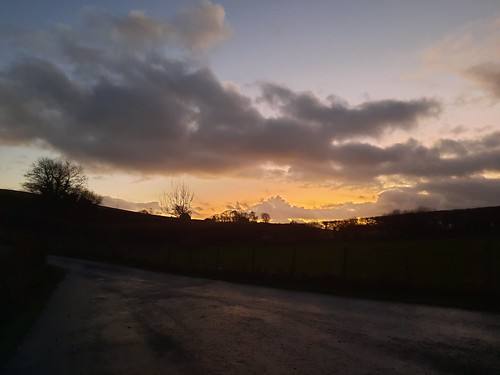
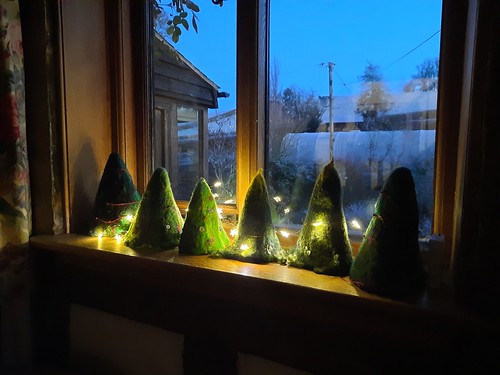
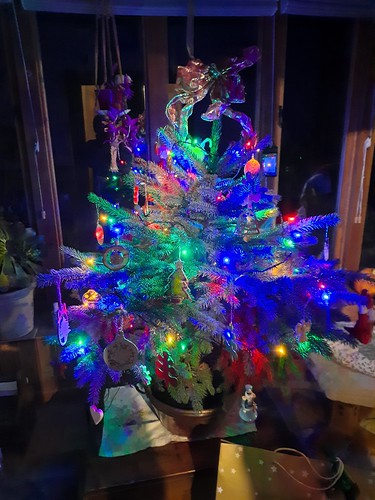
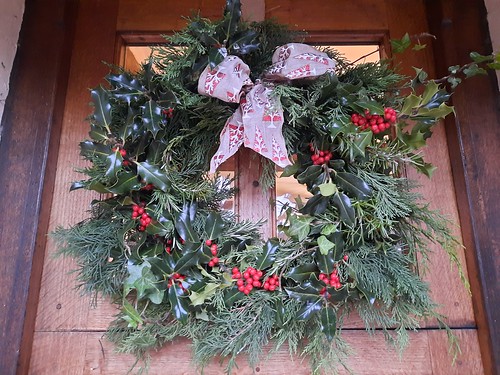
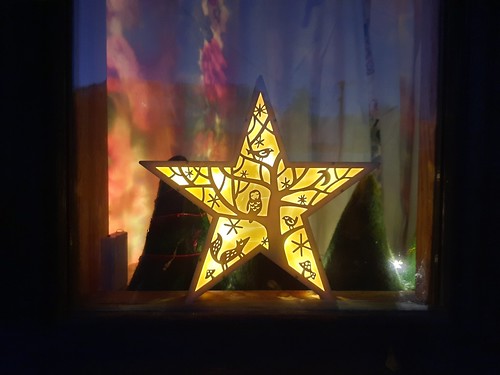
Wonderful Maryline, thank you for your usual comforting and thought provoking words. You may have given me some inspiration for an IG post I really wanted to write yesterday.x
Posted on By Louise Houghton
Thank you, Louise. Glad this blogpost provided you with some inspiration. Keep your light burning bright on your little patch of Welsh paradise! Season's greetings to you and yours.
Posted on By Maryline
Thank you Maryline and best wishes for a peaceful New year.x
Posted on By Louise Houghton